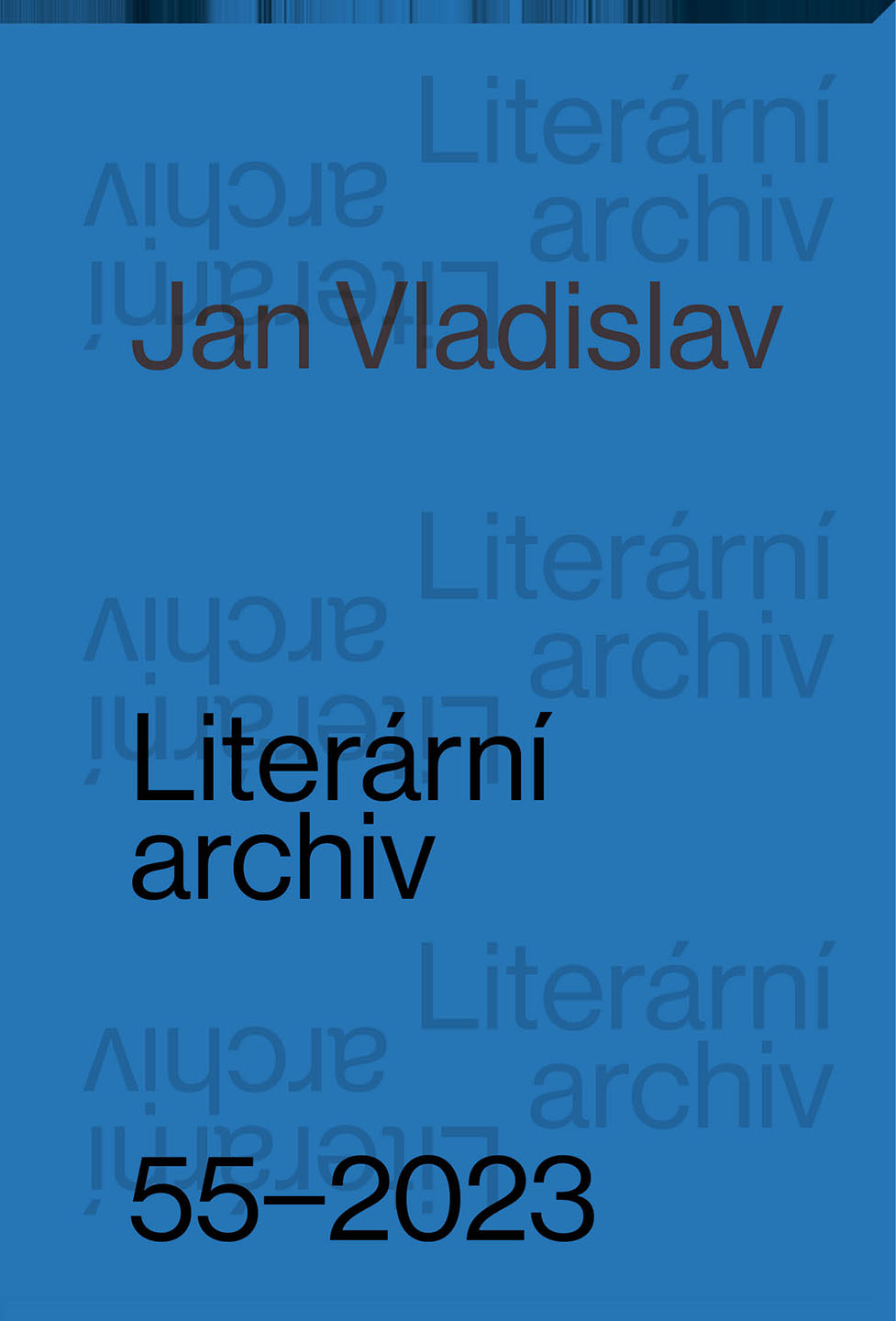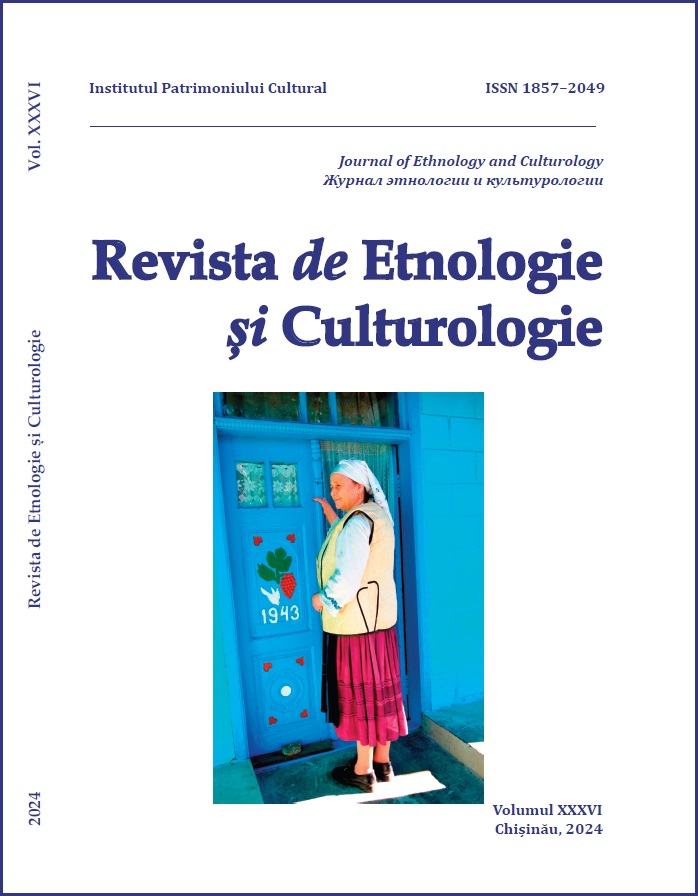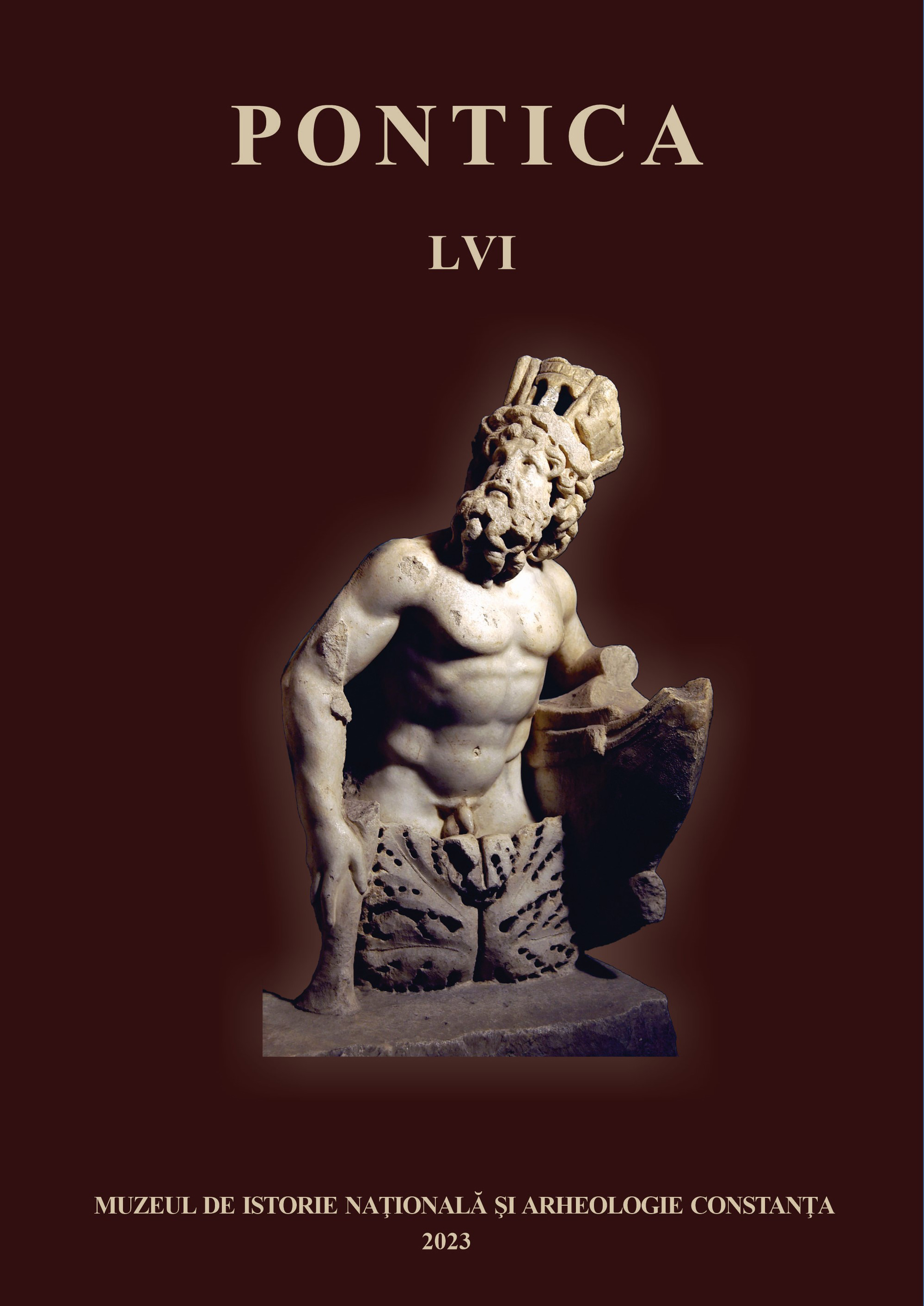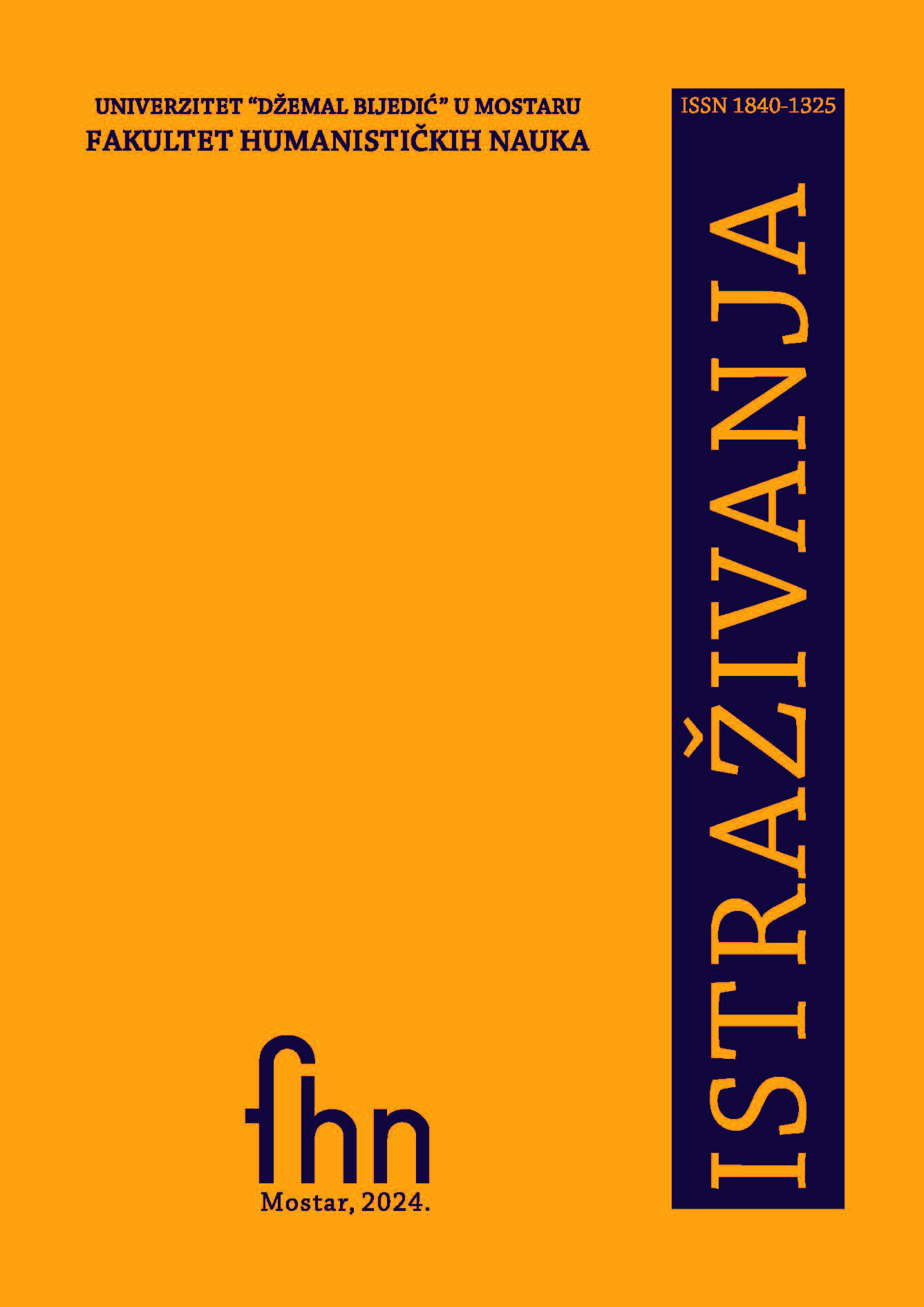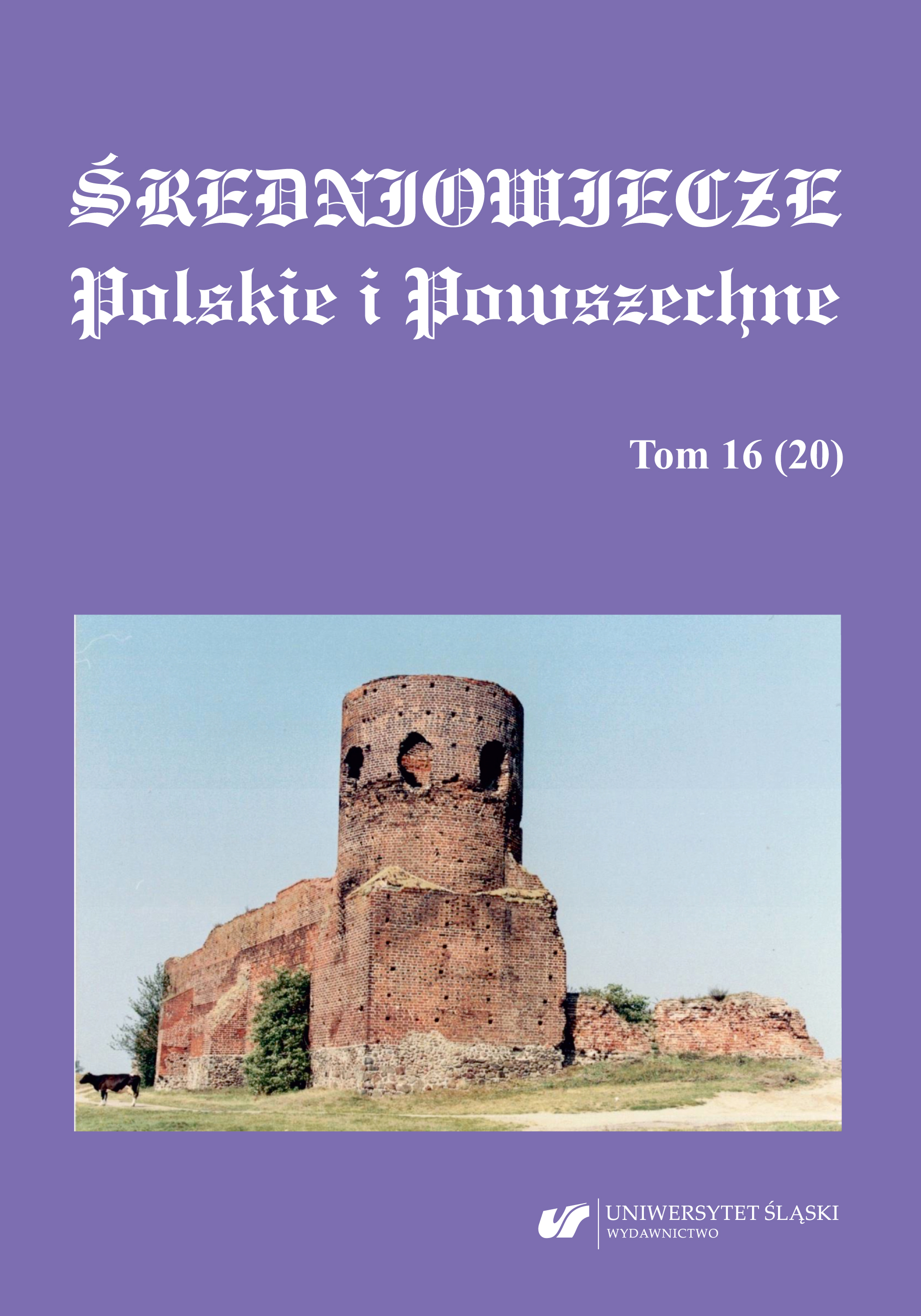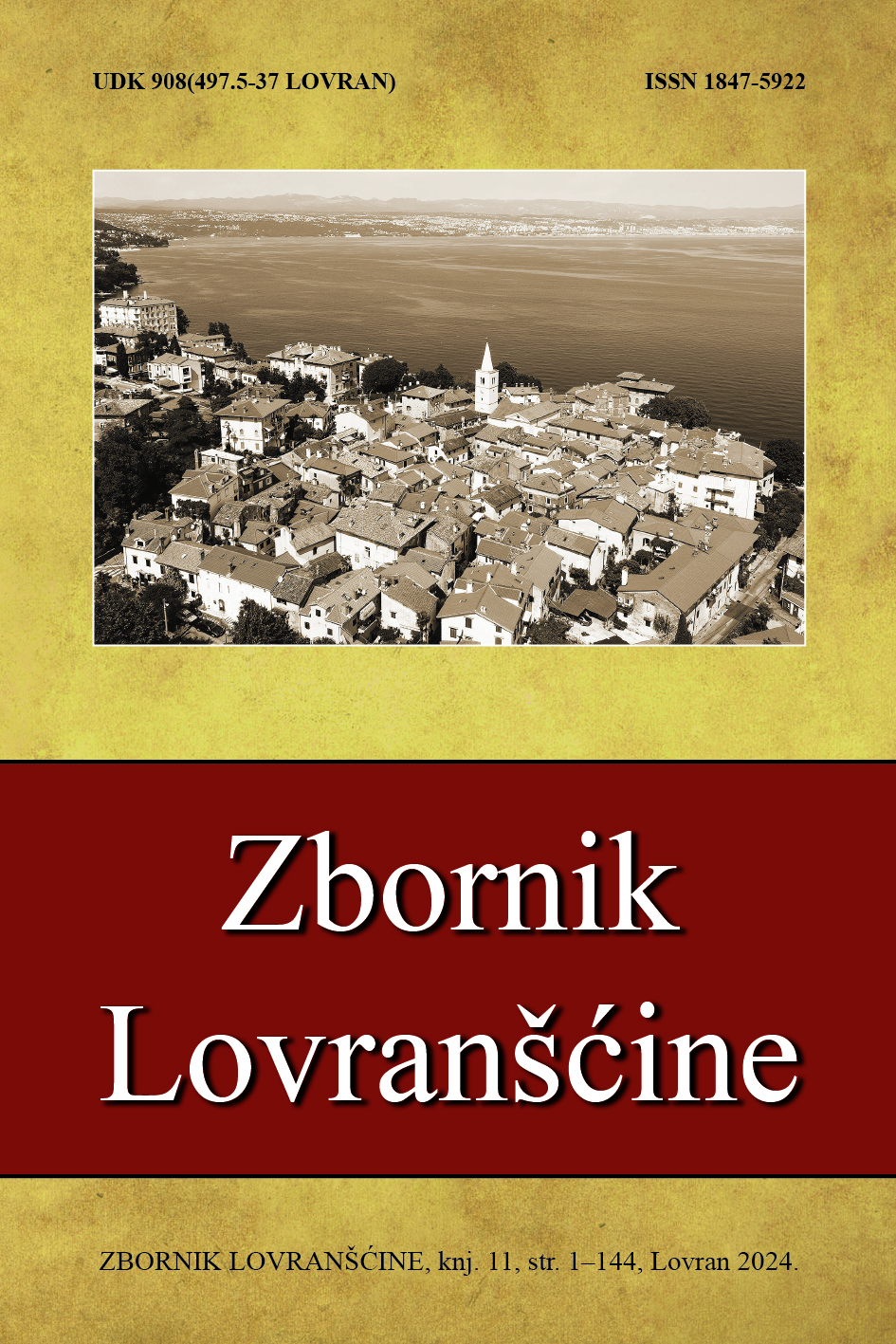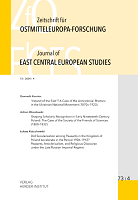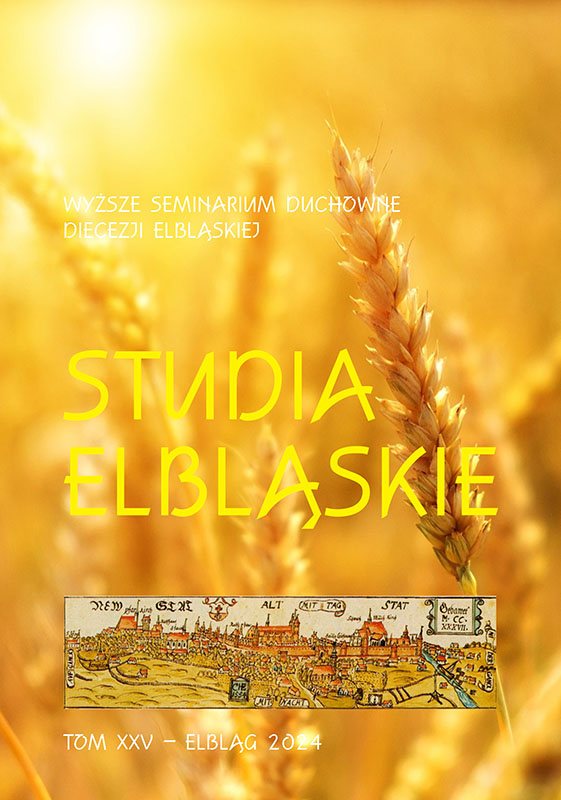
Sytuacja wyznaniowa w województwie elbląskim w latach 1978–1984 w świetle sprawozdania z wizytacji Wydziału do Spraw Wyznań w Elblągu w 1985 roku
In 1985, the Office for Denominational Affairs in Warszawa inspected the Department for Denominational Affairs in Elbląg. The resulting protocol shows the denominational situation in the Elbląg voivodship in the period from 1978 to 1984. In its light, the Catholic Church appears as a centre of spiritual life, carrying out varied specialist pastoral work and developing church building. Other churches and religious associations comprised a relatively small group of believers in the Elbląg voivodeship. Their activities did not extend beyond the religious framework.
More...
